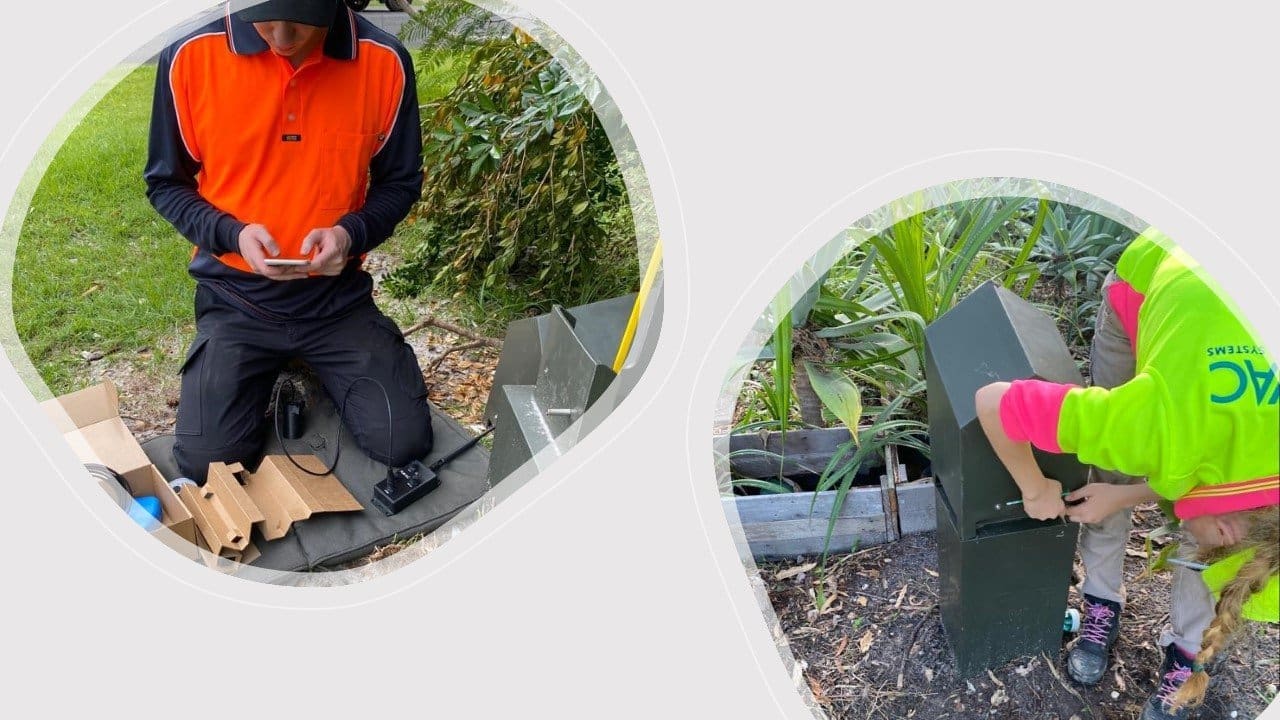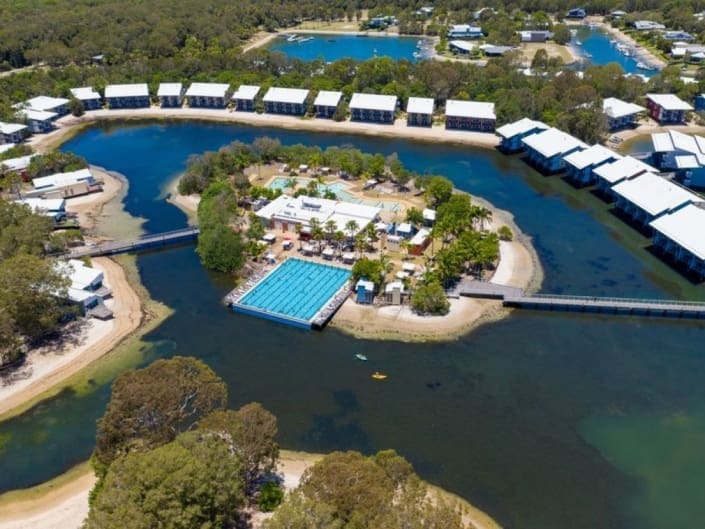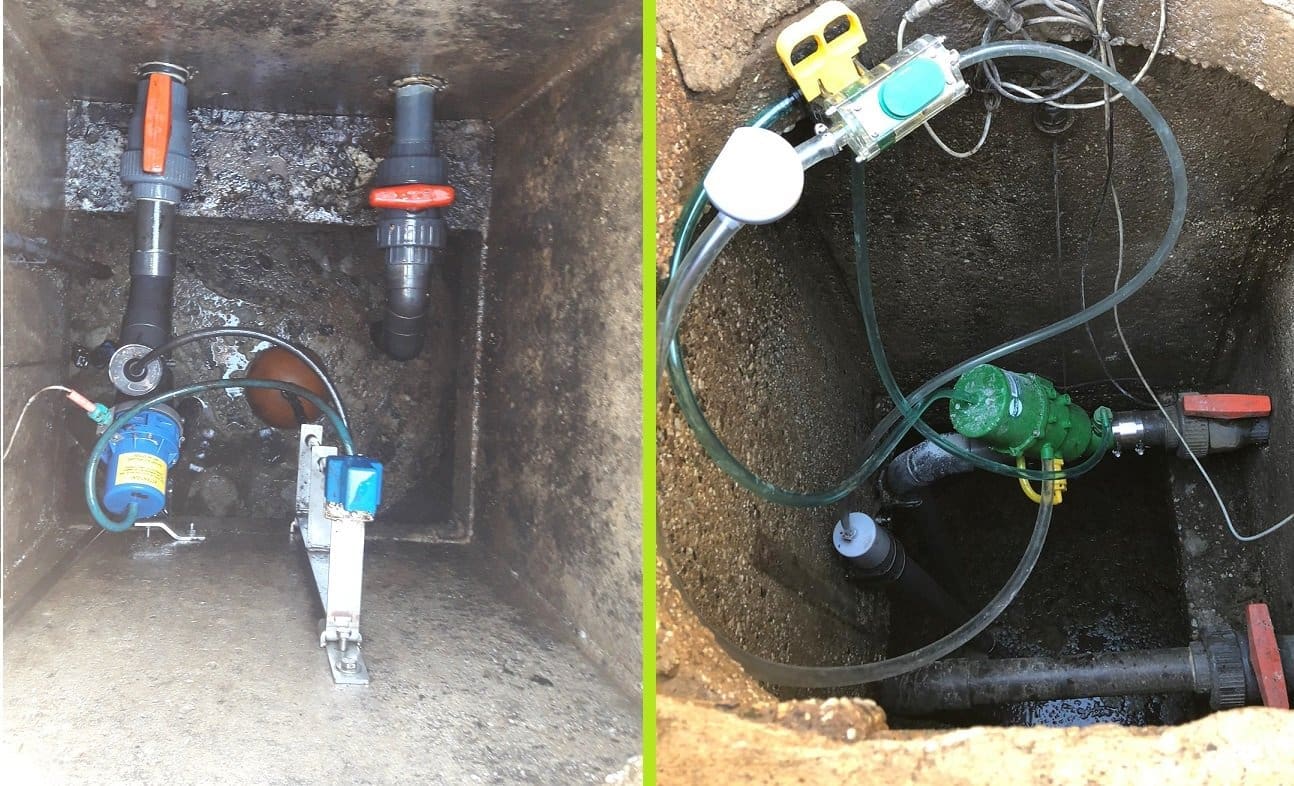Gold Coast Marina Vacuum Pump Station Upgrade – A Challenge
The Gold Coast Marine Precinct is a dedicated industrial zone in Coomera, on the Gold Coast of Queensland Australia. The precinct supports marine manufacturing, servicing, repairs and refits of recreational boats. It is one of the most advanced and respected marine industry cluster developments in the Southern Hemisphere. It is the only purpose built marine precinct in Australia. Covering 250 hectares, it it is home to some of Australias most prestigious motor yacht builders and industry leaders.
It includes Riviera Australia a winner of Australian Maritime Industry Exporter of the year on multiple occasions.
Maritomo Handcrafted Luxury Offshore Motor Yachts
The Boat Works – a boatyard, marina and superyacht facility
The Gold Coast City Marina & Shipyard has over 90 expert businesses looking after a wide range of clients. They have won numerous awards for their facilities.

Related: Barcelona Port vacuum Sewerage System
The Challenge
All of the wastewater within the facility is collected via a vacuum sewerage system. Over the years the facility has grown and the requirements of what a sewerage needs to do has changed. How to handle the larger superyachts for example. How to reduce energy costs. And how to ensure that all equipment was the latest technology and would reduce any risks of sewage entering the waterways.
The hardest part of the challenge was to fit new vacuum pump station equipment into a very tight existing space. The upgrade needed to take place with minimal disruption to any of the businesses in the precinct.

Related: Sydney Superyacht Marina Upgrade
As the Vacuum Pump Station is located outside of the precinct’s grounds it is operated and maintained by Gold Coast Council.
Power Saving and Efficiency
The goal set by Council was to reduce the vacuum pump cycle time from around 6 minutes to less than 3 minutes. This would give a 50{f2ac4d1e1d40dc2e2d9280a1dfa90d854b2d8c80eba743affa37fc4ce2e16def} reduction in power usage throughout the day.
There was also a request to increase the discharged flow from the system by 15{f2ac4d1e1d40dc2e2d9280a1dfa90d854b2d8c80eba743affa37fc4ce2e16def} by using exactly the same specified discharge pumps that were currently installed. We managed to increase their flow from 18 L/S to 21 L/S.
Flovac’s engineers worked on the problem creating 3D modeling of the station to ensure that the equipment would fit the space. Then the operations group went over the plans to make sure that the operability of the system would not be compromised.
In the months after commissioning there has been a clear improvement and lowering of energy costs. Vacuum pump run times have decreased from 17 hours per day and are now running for only 6.7 hours per day. They previously had been running 3 x 500 m3/hr pumps most of the day with huge energy costs.














 In 1968 one of the worlds largest 2-inch vacuum systems was installed at Sylvania Waters, 12 km south of Sydney Australia. The vacuum valves in fibreglass pits collected wastewater from 2 houses sending it to the vacuum pump station. The early system used a ball float controller, similar to what was used in old toilet cisterns. As this was not a separated grey/black water system, a 2-inch valve was clearly going to be a choke point with a 3-inch toilet drain pipe. In 1994 we were hired by Sydney Water to fix up the system, replace the valves and float controllers. Sadly because of the collection pit size and the vacuum main size it was not possible to increase the valves to 3 inch, but the system was improved.
In 1968 one of the worlds largest 2-inch vacuum systems was installed at Sylvania Waters, 12 km south of Sydney Australia. The vacuum valves in fibreglass pits collected wastewater from 2 houses sending it to the vacuum pump station. The early system used a ball float controller, similar to what was used in old toilet cisterns. As this was not a separated grey/black water system, a 2-inch valve was clearly going to be a choke point with a 3-inch toilet drain pipe. In 1994 we were hired by Sydney Water to fix up the system, replace the valves and float controllers. Sadly because of the collection pit size and the vacuum main size it was not possible to increase the valves to 3 inch, but the system was improved.

